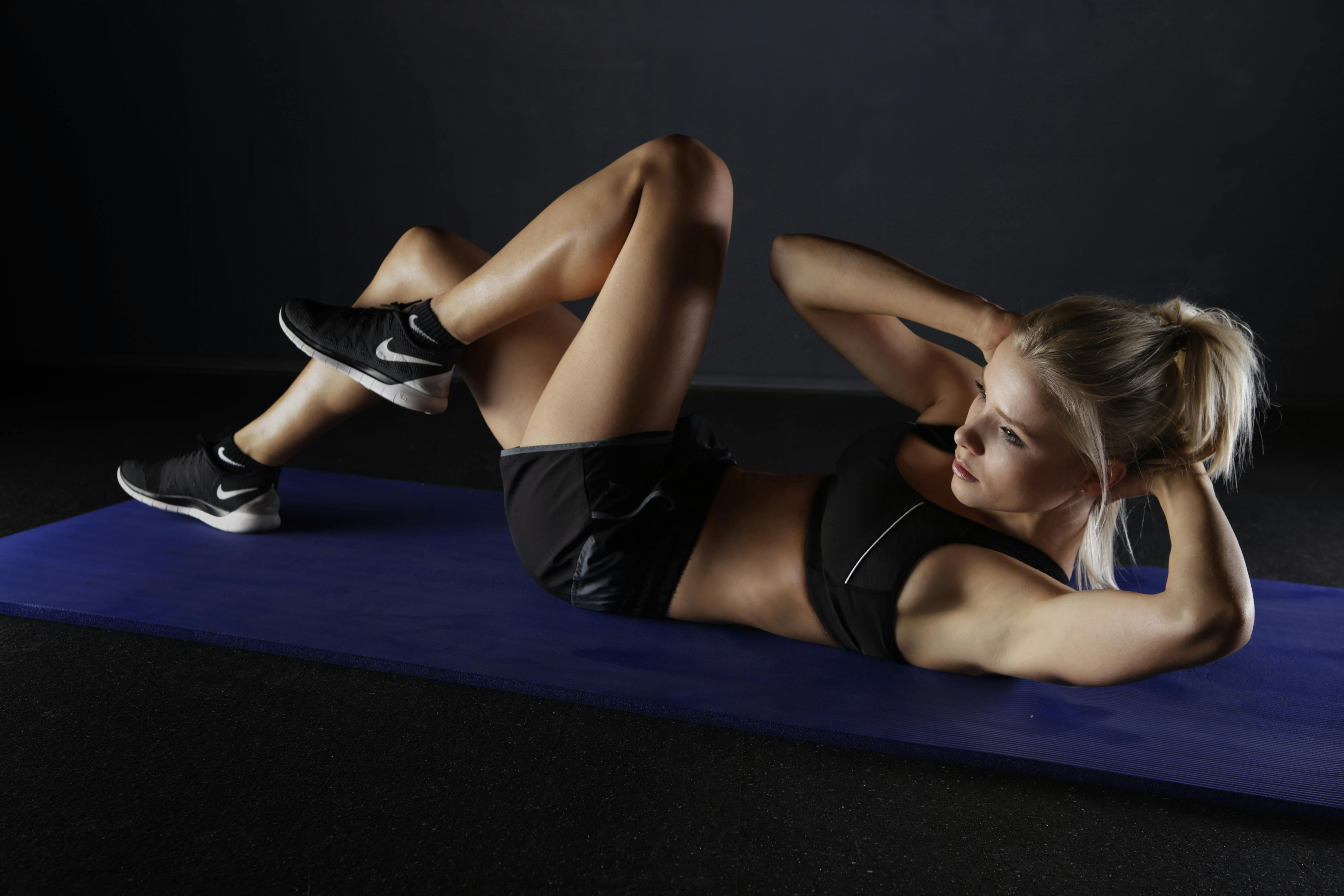Welcome, fellow travelers and wellness enthusiasts! In our quest for optimal health and comfort, especially after long journeys or desk-bound days, flexibility and core strength often go hand-in-hand. This guide delves into a powerful synergy: combining targeted upper body stretches with the subtle yet effective draw-in maneuver.
You might be surprised how engaging your deep core muscles can amplify the benefits of your stretching routine, leading to improved posture, reduced tension, and enhanced overall mobility. Did you know that a strong core is not just about aesthetics, but fundamentally supports all movements, including those that improve your flexibility? This article will explore five essential upper body stretches and reveal how integrating the draw-in maneuver can elevate your practice. Get ready to transform your stretching experience!
Understanding the Draw-in Maneuver for Enhanced Stretching
Before we dive into the stretches, let’s clarify what the draw-in maneuver entails. It’s a fundamental technique for activating your transversus abdominis (TA), the deepest abdominal muscle that acts like a natural corset, stabilizing your spine and pelvis. Unlike “sucking in” your stomach, which often involves holding your breath and tensing superficial muscles, the draw-in maneuver is a gentle, controlled engagement.
How to Perform the Draw-in Maneuver
To perform the draw-in maneuver, lie on your back with knees bent and feet flat on the floor. Place your fingertips just inside your hip bones. Take a gentle breath in, and as you exhale, imagine drawing your navel towards your spine without moving your pelvis or flattening your back against the floor. You should feel a subtle tension under your fingertips. This engagement helps to create a stable base for your upper body movements.
By stabilizing your core, the draw-in maneuver prevents compensatory movements in your lower back or pelvis during upper body stretches. This allows you to isolate the target muscles more effectively, leading to a deeper and safer stretch. It also promotes better postural alignment, which is crucial for long-term flexibility gains.
1. Doorway Chest Stretch (Pectorals)
The doorway chest stretch is excellent for opening up the chest and shoulders, counteracting the hunched posture often adopted during prolonged sitting. Engaging your core during this stretch ensures your lower back remains stable and doesn’t arch excessively, which can reduce the stretch’s effectiveness on the pectorals.

Performing the Stretch with Draw-in
- Stand in a doorway with your forearms on the doorframe, elbows slightly below shoulder height.
- Gently engage your core using the draw-in maneuver. Maintain this subtle engagement throughout the stretch.
- Step forward slowly with one foot, leaning into the stretch until you feel a gentle pull across your chest and shoulders.
- Hold for 20-30 seconds, breathing deeply. Release and repeat 2-3 times.
2. Overhead Latissimus Dorsi Stretch
The latissimus dorsi, or “lats,” are large back muscles that can become tight from activities like swimming, rowing, or even prolonged arm elevation. Stretching them improves overhead mobility and reduces upper back stiffness. The draw-in maneuver prevents your ribs from flaring out, ensuring the stretch targets the lats effectively rather than just arching your lower back.

Performing the Stretch with Draw-in
- Stand tall or sit comfortably. Raise one arm overhead, bending your elbow so your hand reaches towards your opposite shoulder blade.
- Gently engage your core with the draw-in maneuver.
- With your free hand, gently pull your elbow towards the opposite side, feeling the stretch along the side of your torso and under your armpit. Keep your core engaged to prevent your ribs from flaring.
- Hold for 20-30 seconds, then switch sides. Repeat 2-3 times per side.
3. Upper Trapezius and Neck Stretch
Tension in the upper trapezius and neck is common, often stemming from stress, poor posture, or prolonged computer use. While this stretch directly targets the neck and shoulder muscles, maintaining core stability with the draw-in maneuver helps to keep your torso upright and still, allowing for a more isolated and effective stretch without compensatory movements from the trunk.

Performing the Stretch with Draw-in
- Sit or stand with good posture. Gently engage your core using the draw-in maneuver.
- Place one hand on the opposite side of your head. Gently pull your head towards your shoulder, feeling the stretch along the side of your neck and upper shoulder.
- Keep your shoulders relaxed and down, and your core engaged to prevent shrugging or leaning.
- Hold for 20-30 seconds, then switch sides. Repeat 2-3 times per side.
4. Triceps Stretch (Overhead)
The triceps muscle, located at the back of your upper arm, can become tight, limiting your ability to fully extend your arm overhead. This stretch is crucial for maintaining full range of motion in the elbow and shoulder. Engaging the draw-in maneuver during this stretch helps prevent your lower back from arching and your ribs from flaring, ensuring the stretch is concentrated on the triceps and not compensated by spinal movement.

Performing the Stretch with Draw-in
- Stand or sit tall. Raise one arm overhead and bend your elbow, letting your hand drop behind your head towards your upper back.
- Gently engage your core with the draw-in maneuver.
- With your other hand, gently press down on the bent elbow, guiding it further behind your head. Keep your core engaged to avoid arching your back.
- Hold for 20-30 seconds, then switch arms. Repeat 2-3 times per arm.
5. Wrist Extensor and Flexor Stretch
While not strictly “upper body” in the traditional sense, wrist and forearm flexibility are vital for overall arm health, especially for those who type, write, or use their hands extensively. The draw-in maneuver here ensures your posture remains stable, allowing you to focus on isolating the forearm muscles without shrugging your shoulders or leaning your torso, which can happen when trying to deepen the stretch.

Performing the Stretch with Draw-in
- Extend one arm straight out in front of you, palm facing down. Gently engage your core with the draw-in maneuver.
- For Extensors: With your other hand, gently pull your fingers downwards towards your body, feeling the stretch on the top of your forearm.
- For Flexors: Extend one arm straight out in front of you, palm facing up. With your other hand, gently pull your fingers downwards towards your body, feeling the stretch on the underside of your forearm.
- Hold each stretch for 20-30 seconds, then switch arms. Repeat 2-3 times per arm.
Integrating Core Stability for Optimal Results
The draw-in maneuver, while subtle, plays a significant role in enhancing the effectiveness and safety of your stretching routine. By providing a stable foundation, it allows your body to isolate the target muscles more precisely, leading to deeper stretches and improved flexibility over time. This approach aligns with principles of functional movement, where core stability underpins all other movements.
Benefits of Core-Engaged Stretching
Beyond just deeper stretches, integrating core engagement offers several benefits:
- Improved Posture: A strong, engaged core naturally supports better spinal alignment.
- Reduced Risk of Injury: Stabilizing the trunk prevents strain on the lower back and other joints during stretches.
- Enhanced Body Awareness: Focusing on core engagement increases proprioception, your body’s sense of its position in space.
- More Efficient Movement: Better flexibility combined with core strength translates to smoother, more powerful movements in daily life and exercise.
For a deeper dive into the transversus abdominis and its role in core stability, you can refer to this comprehensive resource from Physiopedia: Understanding the Transversus Abdominis.
Quick Reference: How Draw-in Helps Each Stretch
Here’s a concise overview of how the draw-in maneuver specifically benefits each of the five stretches discussed:
| Stretch Name | How Draw-in Maneuver Helps |
|---|---|
| Doorway Chest Stretch | Prevents lower back arching, ensuring pectoral isolation. |
| Overhead Latissimus Dorsi Stretch | Stops rib flaring, allowing a deeper lat stretch. |
| Upper Trapezius & Neck Stretch | Maintains stable torso, preventing compensatory movements. |
| Triceps Stretch (Overhead) | Avoids lower back arching and rib flaring for targeted triceps stretch. |
| Wrist Extensor & Flexor Stretch | Ensures stable posture, isolating forearm muscles without shrugging. |
By consciously engaging your core with the draw-in maneuver during these upper body stretches, you’re not just stretching muscles; you’re building a more stable, aligned, and resilient body. This integrated approach to flexibility and strength is key for long-term well-being, whether you’re an avid traveler, a dedicated professional, or simply someone seeking to move with greater ease.
Ready to feel the difference? Incorporate these stretches into your daily routine and pay close attention to your core engagement. You might be surprised by the newfound freedom and comfort in your upper body.
What are your favorite ways to combine core work with flexibility training? Share your insights in the comments below!
